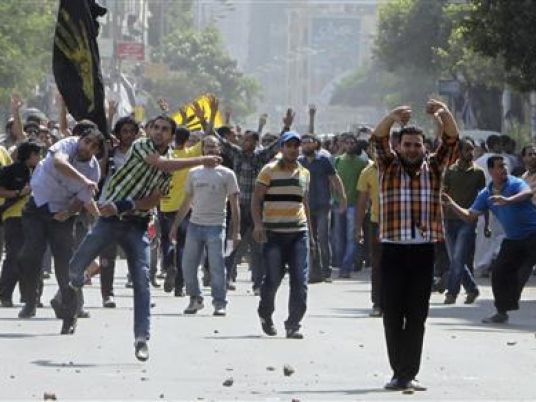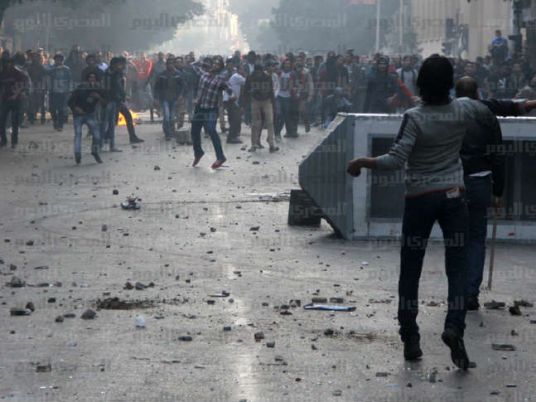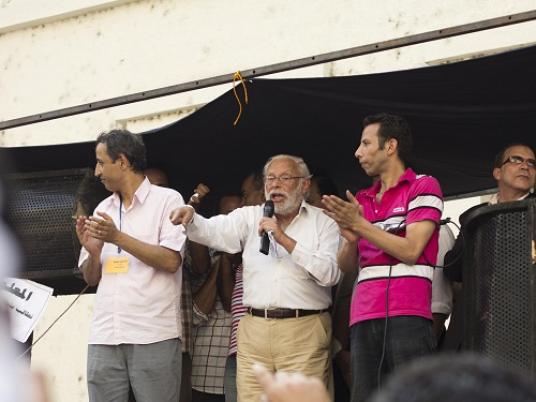It’s been a week chock-full of news, which meant the latest bout of downtown clashes has not taken center stage as it usually would. Instead, this news item fought for a place amidst a flurry of breaking news: a military attack on Qursaya, the Israeli onslaught on Gaza and, to round off the week, President Mohamed Morsy’s jaw-dropping constitutional declaration.
In part, all these other events exist in tandem with the consistent and continuous downtown clashes. A familiar sight these past two years — Egypt losing its youth to the impunity of police and Armed Forces who get away with it time and time again.
This latest bout comes in the shadow of its predecessor, the deadly Mohamed Mahmoud clashes of November 2011. Amid the commemoration of the first anniversary of those clashes in which 45 people were killed last year, a rerun has occurred this week.
It was almost inevitable that something would spark further clashes. Even if not always verbalized, a sense of palpable anger has persisted beneath the surface. The expression “The rights of our brothers who died," a typically Egyptian phrasing to lament the absence of justice, could be heard all around as protesters chanted in remembrance.
It is abundantly clear that the brazen absence of accountability regarding protester deaths after the ouster of former President Hosni Mubarak is not something that can be swept under the rug. The resentment stays, breeds and grows until, eventually, it erupts. Each bout of violence and the ever-rising death toll only feeds that burning sense of lives being short-changed.
And so it began, first on Yousef El-Guindy street, before it escalated and played out in much more drastic fashion on Qasr al-Aini, before again returning to Mohamed Mahmoud Street.
A few things stand out that are different in the recent clashes. Police are now on rooftops firing tear gas, birdshot, Molotovs, stones and furniture on the protesters below, who respond with stones and Molotovs that often don’t reach the police officers.
This tactic had previously been solely the domain of military forces in the Cabinet clashes of December 2011, a month after the Mohamed Mahmoud clashes. From a certain angle on the street at night it often looks like protesters are clashing with nobody at all, fighting apparitions who have already laughed their way out of the courthouse.
It is also striking how young protesters are now — not just at the front lines of the clashes, but in the crowds behind it. Teenagers are ubiquitous. There has always been a predominantly young presence, but this time it seems they’re the only ones left. Or maybe they are more visible due to the absence of others.
While the clashes raged on, Morsy announced his new constitutional declaration, an unprecedented power grab that grants him immunity from judicial oversight, amongst other things.
In the midst of the tenets of the decree are dangling carrots, including retrials for officials for the deaths of protesters, whose comrades are still out fighting to get them justice. Which begs the question, why then hasn’t the fighting stopped?




